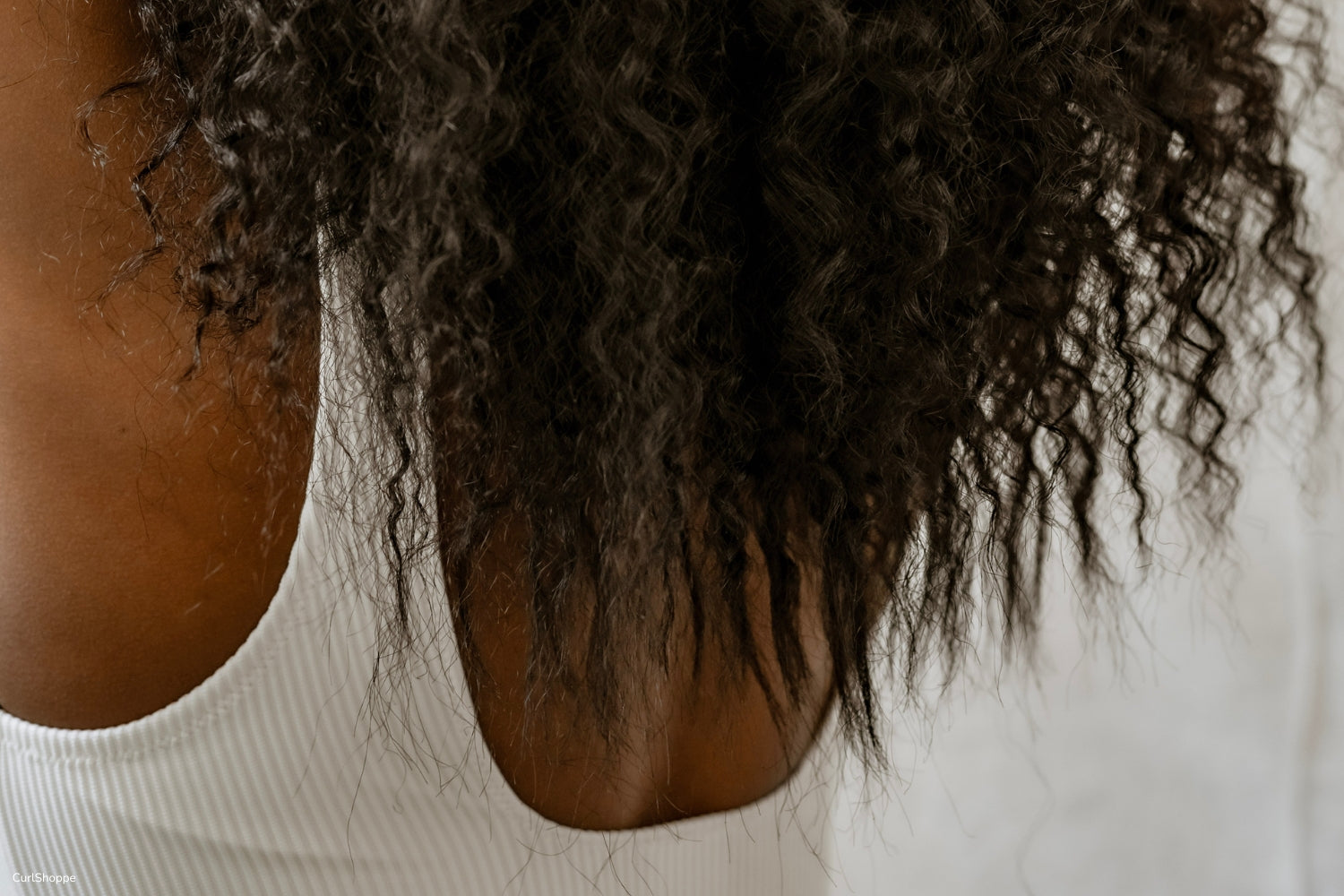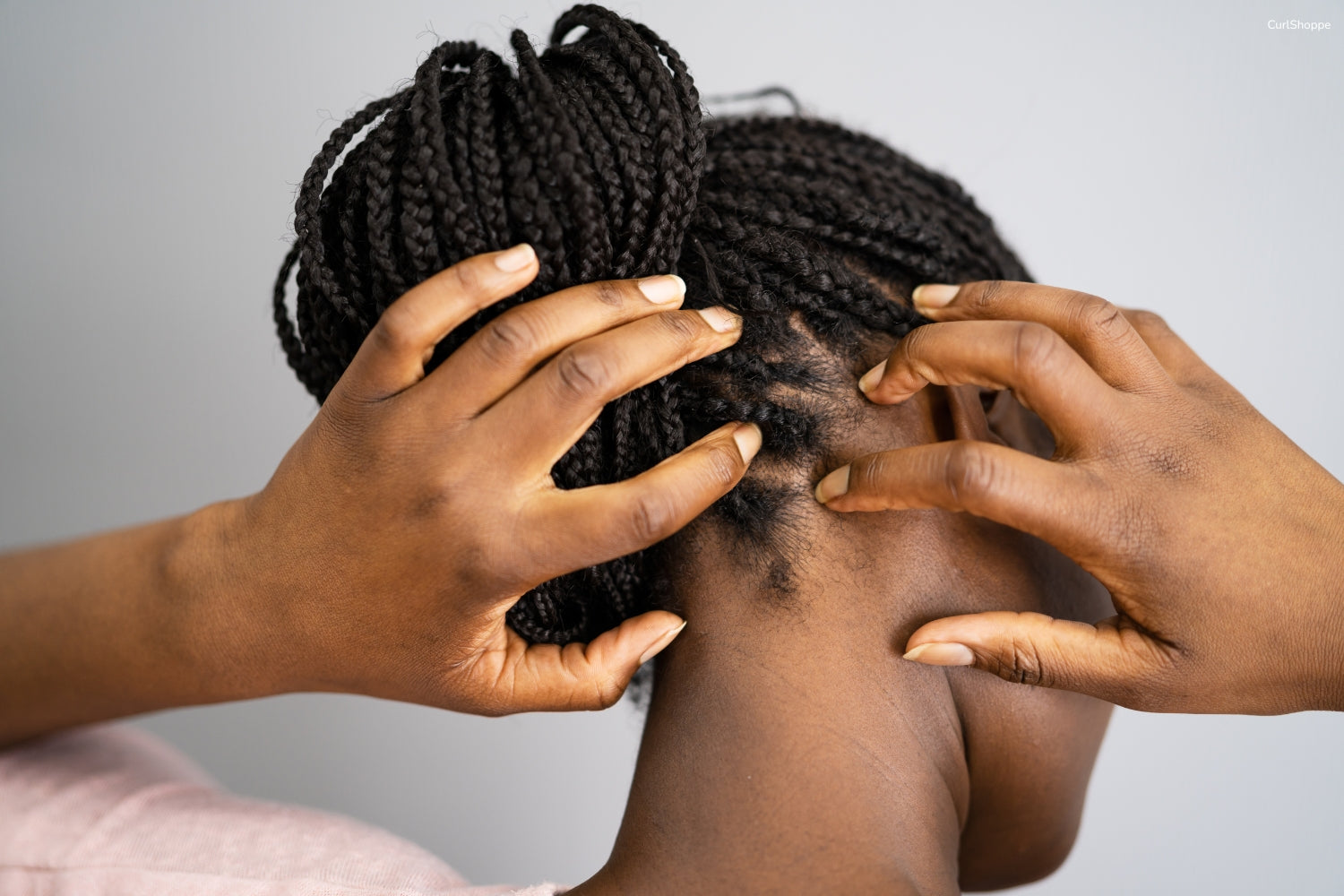
Transitioning Hair
What does transitioning hair mean?
Transitioning hair refers to the process of growing out your natural hair texture after having chemically straightened or relaxed it. It can also include those that have damaged their natural hair patterns with heat or hair dye. Typically transitioning means to gradually stop the use of chemical relaxers or heat-styling tools that alter the curl pattern, and allowing the natural curls to grow back over time.
Many people choose to transition for various reasons, including wanting to embrace their natural curls, reduce damage from chemical treatments or heat styling, or to achieve healthier hair overall. The natural hair movement had a resurgence in the early 2000s which led to more and more people start their transitioning journey. Some opt for what's commonly referred to as "The Big Chop," which is when one cuts off all of their damaged hair and starts their regrowth journey from a fresh start. Others opt for gradually growing out their hair and taking their time to blend their growing natural texture with the older altered texture.
Challenges of Transitioning
During the transitioning phase, you’re managing two different textures: your natural hair texture at the roots and the relaxed or damaged hair at the ends. This can lead to several issues:
- Breakage: The point where the two textures meet (called the line of demarcation) is fragile and prone to breakage.
- Dryness: Chemically treated and damaged hair can be more prone to dryness, and curly hair naturally requires more moisture.
- Tangles and Knotting: Managing two different textures can make detangling more difficult and time-consuming.
- Styling Challenges: It can be hard to find styles that blend the two textures seamlessly.
Best Ways to Manage Transitioning Hair
1. Moisturize Regularly: Curly hair tends to be dry, and transitioning hair often needs extra moisture to prevent breakage. Use moisturizing shampoos, conditioners, and deep conditioning treatments regularly. Leave-in conditioners, hair oils, and curl creams can also help keep the hair hydrated.
2. Protein Treatments: Protein treatments can strengthen the hair and help prevent breakage, especially at the line of demarcation. However, it’s important to balance protein and moisture, as too much protein can make the hair feel stiff and dry.
3. Specific Hair Styles: Choose hairstyles that help blend or conceal your two textures during the grow out phase.
- Braid-outs or Twist-outs: These styles blend the two textures by creating uniform curls or waves.
- Buns, Braids, or Protective Styles: These styles protect the hair and minimize daily manipulation.
4. Trim Regularly: Regular trims help gradually remove the relaxed or damaged ends. Some people choose to do a “big chop,” cutting off all the relaxed hair at once, but trimming over time is a more gradual approach.
5. Protect Your Hair at Night: Sleep on a satin or silk pillowcase, or use a satin or silk bonnet to reduce friction that can lead to breakage. Cotton pillowcases can absorb moisture and cause more tangling.
6. Avoid Heat: This goes without saying, but limit or avoid the use of heat-styling tools like flat irons and curling irons, as they can further damage the hair and slow the transition process.
7. Be Patient: Transitioning takes time, and depending on how fast your hair grows and how much you trim, it can take months to years to fully transition. Patience is key, as is taking the time to re-learn how to care for and style your natural texture.
Final Thoughts
By maintaining a healthy hair care routine with proper moisture, protection, and gentle handling, transitioning hair can grow out smoothly and strong as you reclaim your natural curls.
Disclaimer: The information contained in this article is provided for informational purposes only and is not intended to be used to diagnose or treat any health conditions. Medical advice should always come from your physician or a trained professional.




